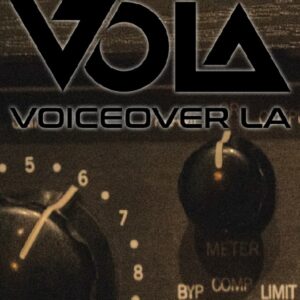 Nevermind that you don’t WANT to record noise. Point is, it’s there to muddy and mess up
Nevermind that you don’t WANT to record noise. Point is, it’s there to muddy and mess up
your take. So first, let’s discuss the environment. The two key aspects in where you’re
recording are your actual location and what sounds make it onto the take.
You obviously want to record in an atmosphere that’s relatively quiet. It doesn’t have to be
a tomb, but your goal should be to eliminate the extraneous sounds of the world of the
world outside, from traffic to people to machinery and often, that one tenacious inside
culprit, the fan noise from your computer.
If you’re recording on a desk or table top, be sure your computer is far enough away that
the mic doesn’t pick up on any of those whirring or fan noises. This may take some doing if
you’re all set up with everything currently in reach, but it’s a key element in making a good
recording from now on.
Then, in a busy city-like environment like New York, you’ll want to insulate your mic from
the sound of street traffic and construction noise. In LA, landscape gardeners seem to have
a talent for starting up their mowers at the next door neighbors house about two minutes
into recording an audition for a key, national spot. And if it’s loud enough that there’s
nowhere to run and no way to avoid a spate of noise like that, well, it’s time to get back to
work on that blog post you’ve been meaning to write! An hour or so later, you’ll be good to
go.
OK, so now that the room is reasonably quiet, its own sound characteristics will come into
play. Now, one of the reasons people like to sing in the shower is because there’s often an
echo effect that enhances your performance. Fun for singing, not so much for voice-over.
That echo effect is technically known as reverberation or reverb, for short, and it’s the bane
of all studio recording, because it’s often hard to eliminate completely.
That’s not to say reverb isn’t a good tool to have in a studio. You just want to be able
control it, by adding it AFTER you record, with a plug-in module, at will. Instead of
recording with it live, and being stuck with something that muddies up your performance
forever.
